Couchbase


Please feel free to contact us
Go
Apache Couchbase is an open-source, distributed, NoSQL document-oriented database management system. It’s designed to store, manage, and retrieve data in flexible JSON-like documents. Couchbase is suitable for a wide range of use cases, from web and mobile applications to real-time analytics and caching layers. Its combination of performance, scalability, flexibility, and robust features makes it a compelling choice for organizations looking to modernize their data infrastructure.
Couchbase is a distributed NoSQL database management designed to deliver high performance, scalability, and flexibility while managing large volumes of data. It combines key-value and document-oriented database functionalities to optimize the storage and retrieval of unstructured data. The Couchbase memory-first architecture focuses on in-memory storage over server storage to improve the response rate for production applications.
You can subscribe to Couchbase, an AWS Marketplace product and launch an instance from the product’s AMI using the Amazon EC2 launch wizard.
Step 1: SSH into Your Instance: Use the SSH command with the username ubuntu and the appropriate key pair to start the applications.
Username: ubuntu
ssh -i path/to/ssh_key.pem ubuntu@instance-IP
Replace path/to/ssh_key.pem with the path to your SSH key file and instance-IP with the public IP address of your instance.
Step 2: You can check the status of CouchBase using the following command:
systemctl status couchbase-server

Step 3: At this point, the CouchBase server is installed and listens on port 8091. You can check it using the following command:
ss -antpl | grep 8091

Step 4: Now, open your web browser and access the CouchBase web interface using the URL http://your-IP-address:8091. You will see the CouchBase dashboard on the following screen.
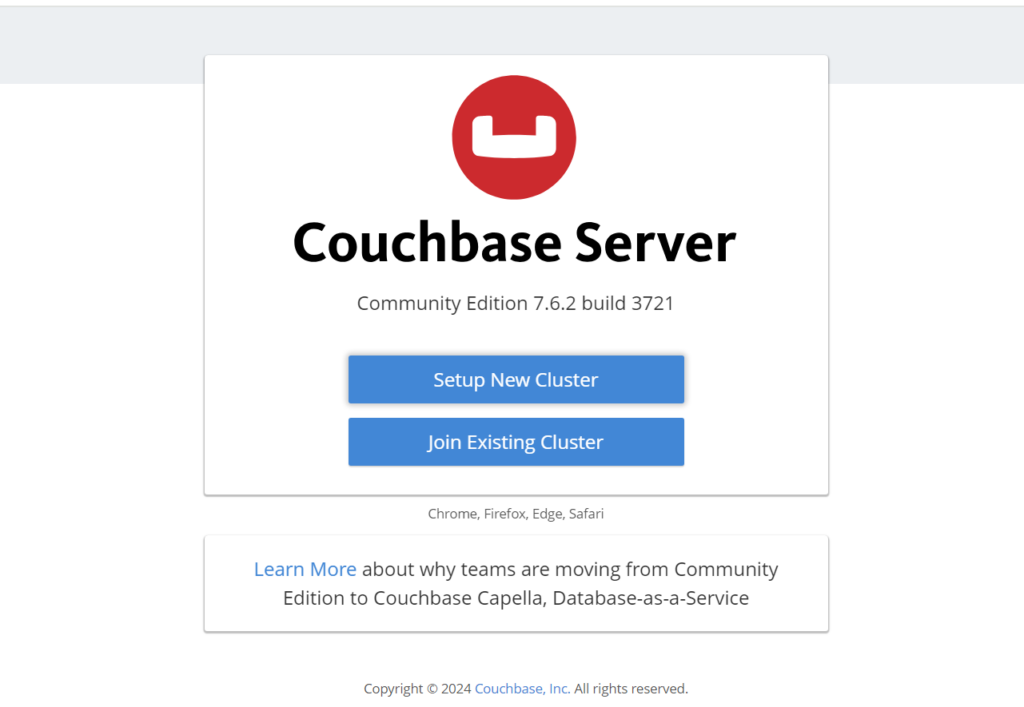
Click Setup New Cluster.
Step 5: Define your cluster name, admin username, and password, and click on Next.
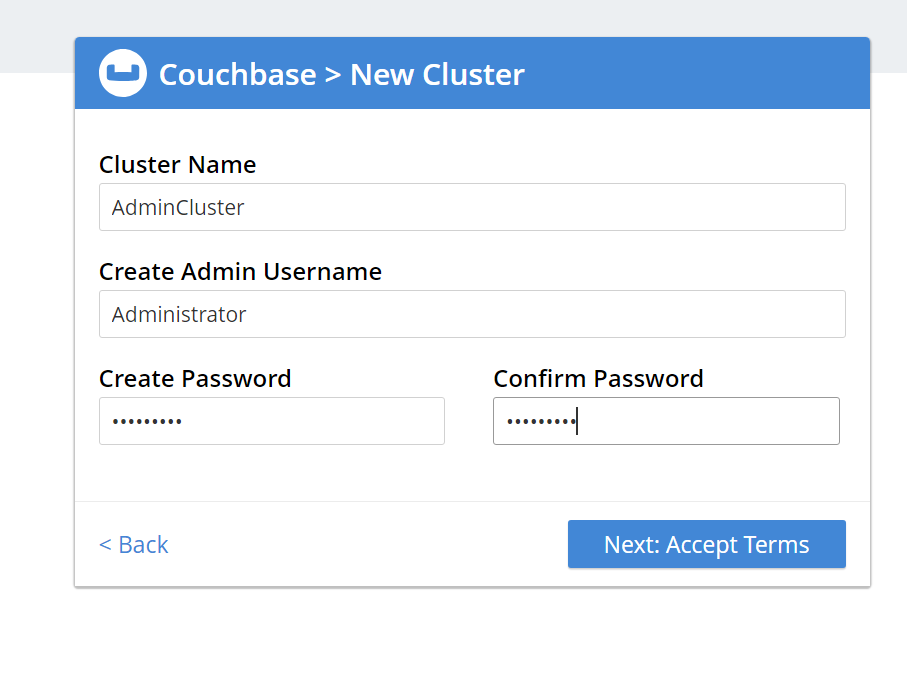
Step 6: You will see the following screen. Accept the term and click on Finish with Defaults
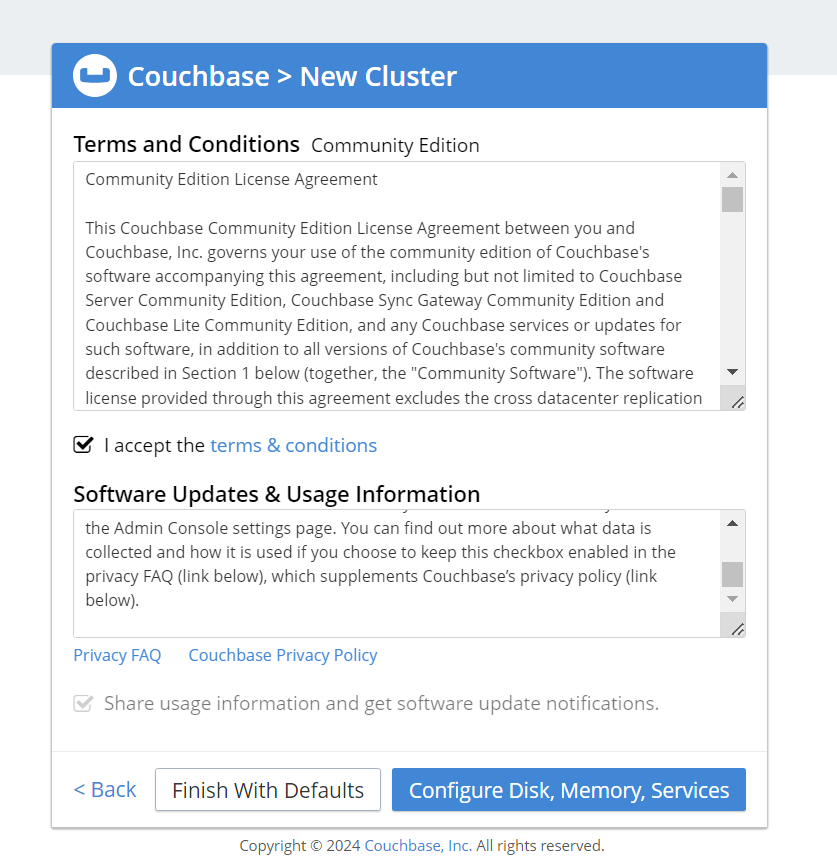
Step 7: You will see the Couchbase dashboard on the following screen.
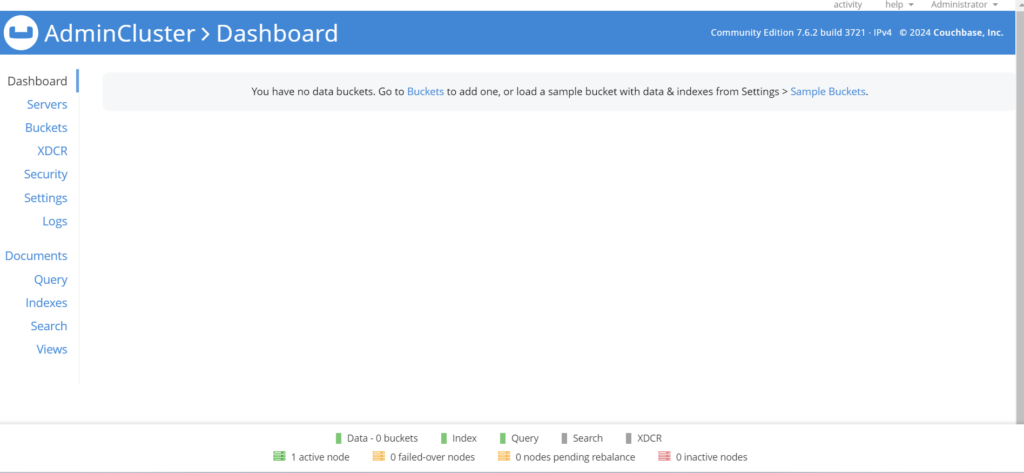
All your queries are important to us. Please feel free to connect.
24X7 support provided for all the customers.
We are happy to help you.
Submit your Query: https://miritech.com/contact-us/
Contact Numbers:
Contact E-mail:
Database management software can help you create and manage your databases so you can easily capture and analyze data. This easily accessible data often leads to greater business insight, helping you refine your data-driven efforts.
These things vary on the sizing/number of the application transactions and/or hardware considerations for the database. For more details on this you need to request for Database Planning with our support team.
For Databases, a database administrator requires the following skill set: Database monitoring, sound knowledge of database architecture, re-organization, backups and recovery, jobs, batch scripting, performance tuning, database routines, database internals and trouble shooting.
In a rough sense, it is similar to the Post-Triggers of the database world. But with functions, the action is already completed at the data-layer, and the event handler just gives an interface by which developers can key in the logic of what needs to happen ‘after’ the action is done. What a function sees is the actual event of the change, and hence it does not directly correlate with Database Triggers.
It totally depends on the application interface that you are using. These are some following ways,
It is a process of analyzing the given relation schemas based on their functional dependencies and primary keys to achieve the following desirable properties:
Relation schemas that do not meet the properties are decomposed into smaller relation schemas that could meet desirable properties.
User Profile Management
Flexibility and Scalability
Rich Querying Capabilities
Real-time data access
Memory-First Architecture
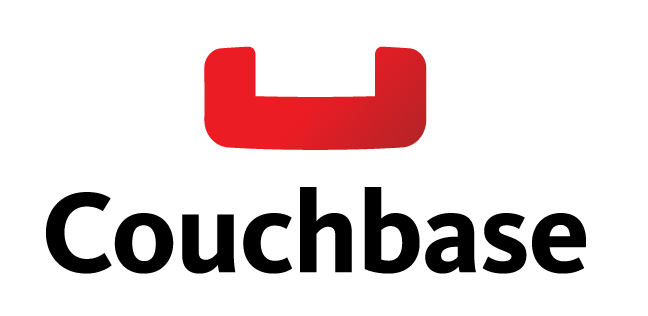 Couchbase database
Couchbase database